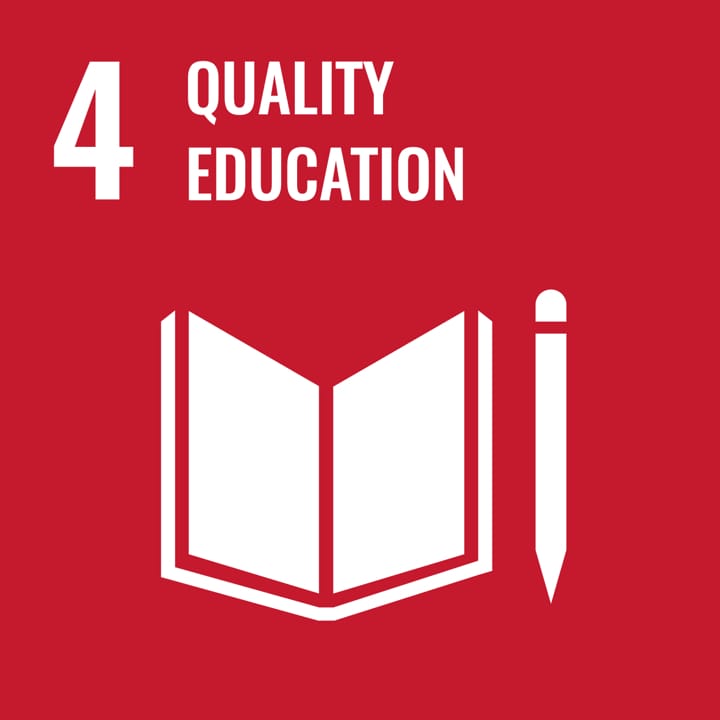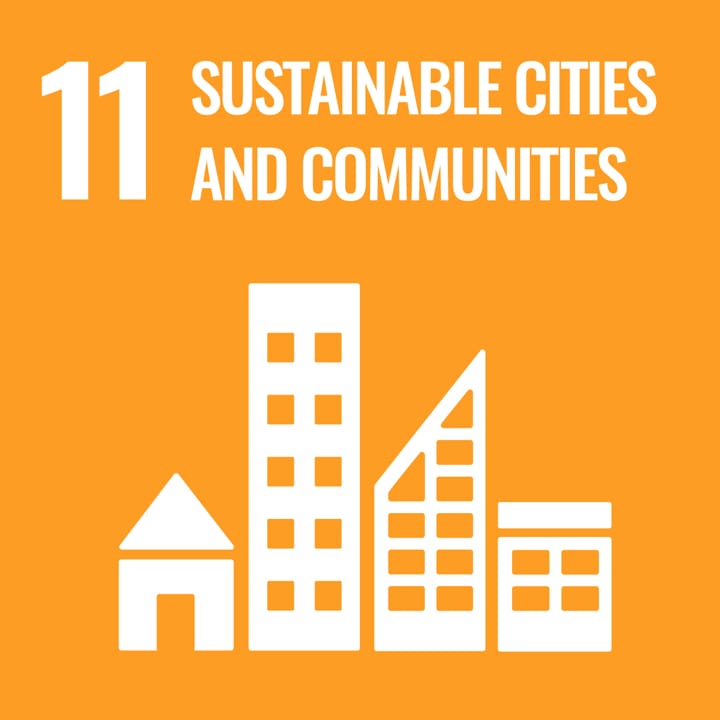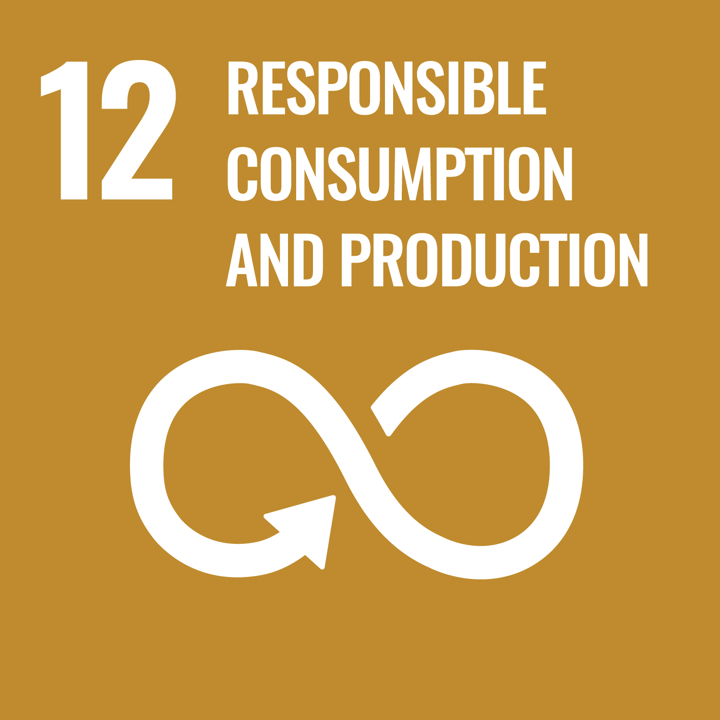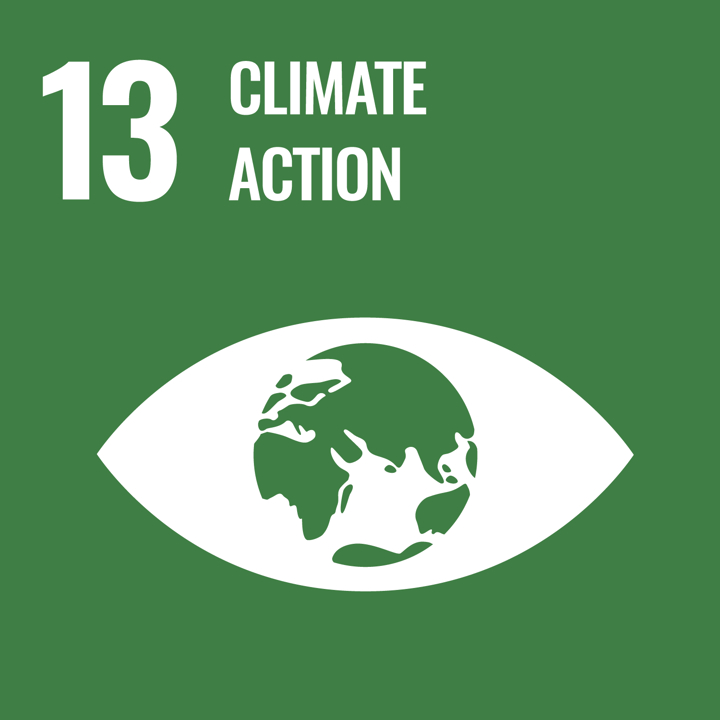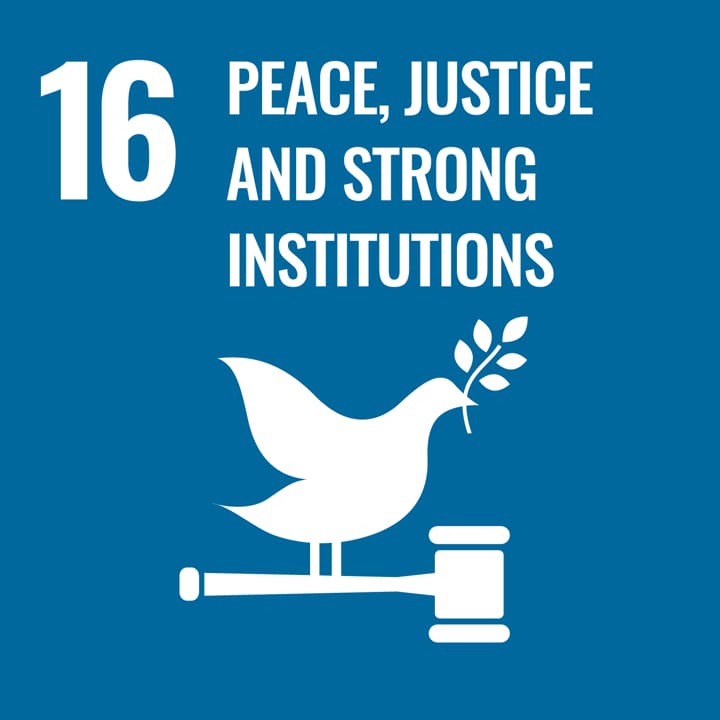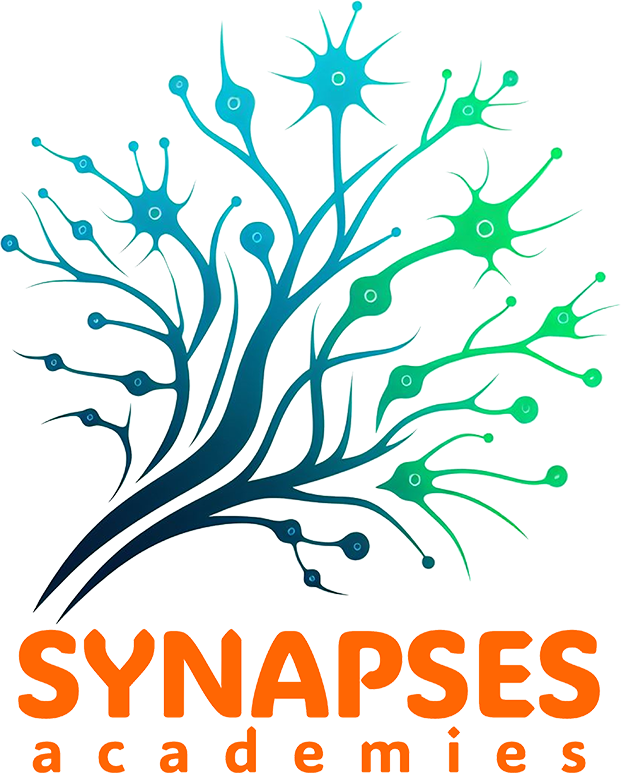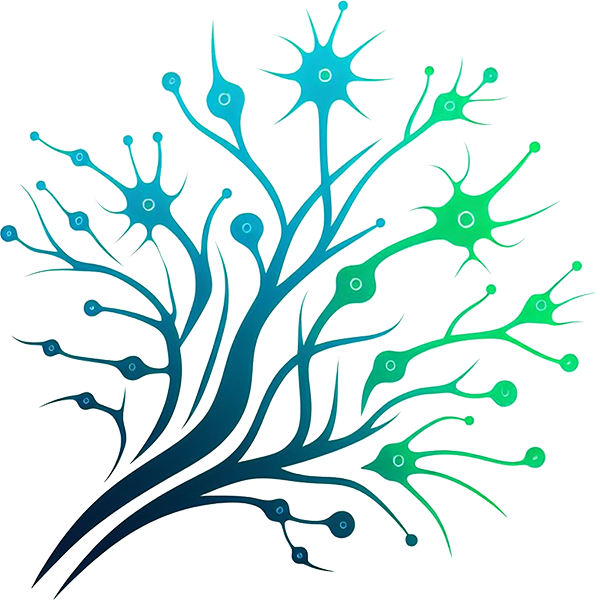
Προβλεπόμενος τελικός χρήστης: Δάσκαλος, Διευθυντής Σχολείου, Εκπαιδευτικός Δασκάλων
Ηλικιακή ομάδα: Κατώτερο Δημοτικό; Ανώτερο Δημοτικό; Κατώτερο Δευτεροβάθμιο; Ανώτερο Δευτεροβάθμιο
Σχολικό πρόγραμμα σπουδών: Maths; Science; Social, Physical & Health Education; Social & Environment Science; Languages; Arts; Applied Science
Θέματα και θεματικές ενότητες: Energy Use and Production; Behaviour & Lifestyle; Collective Action; Environmental Change; School Leadership
Διάρκεια: Variable according to each school.
Τύπος πόρου: Κατευθυντήριες γραμμές & σημειώσεις
Λέξεις-κλειδιά: Organisational Culture, Physical Place, and Educational Program
Γλώσσες: Αγγλικά
Περιγραφή
Το Πλαίσιο αειφορίας για όλο το σχολείο outlines three pillars—Organisational Culture, Physical Place, and Educational Program—that support sustainability in schools. It provides guiding principles, implementation examples, and strategies for educators and school leaders seeking to embed sustainability throughout all aspects of school life. It is a practical reference and strategic planning tool.
Πώς να χρησιμοποιήσετε αυτόν τον πόρο
Educators and school leaders can use this guide to evaluate current school practices, plan sustainability goals, and implement long-term sustainability initiatives through teaching, leadership, and school culture change. The Whole-School Sustainability Framework can help educators and school leaders integrate sustainability into their school’s operations, culture, and curriculum. By using this framework, schools can assess current practices, set sustainability goals, and implement long-term initiatives that foster environmental stewardship, enhance human health, and promote ecological literacy among students.
Key Components of the Framework:
- Organisational Culture: Cultivating a shared vision and values that prioritise sustainability within the school’s community.
- Physical Place: Ensuring that the school’s infrastructure and operations minimise environmental impact and support sustainable practices.
- Educational Program: Integrating sustainability concepts into the curriculum to enhance students’ understanding and commitment to environmental responsibility.
Strategies for Implementation:
- Assessment Instruments: Use surveys and audits to evaluate the school’s current sustainability performance across various domains, including energy use, waste management, and curriculum integration.
- Action Planning Templates: Develop detailed plans that outline specific sustainability objectives, timelines, responsible parties, and required resources.
- Monitoring and Evaluation Tools: Implement systems to track progress toward sustainability goals, allowing for data-driven decision-making and continuous improvement.
- Curriculum Integration Guides: Access resources that provide strategies for embedding sustainability topics into existing subjects, fostering interdisciplinary learning and real-world application.
- Stakeholder Engagement Frameworks: Engage students, staff, parents, and the wider community
Οι πόροι
Πλαίσιο αειφορίας για όλο το σχολείο PDF:
Μαθησιακά αποτελέσματα (εκπαιδευτικοί)
- Εφαρμογή μιας σειράς κατάλληλων εργαλείων και πλαισίων για την προώθηση της αειφόρου πολιτειότητας των μαθητών
- Αναστοχασμός της πρακτικής και εξέταση των εθνικών προγραμμάτων σπουδών για τον εντοπισμό ευκαιριών προώθησης της ιδιότητας του πολίτη της αειφορίας με διεπιστημονικούς τρόπους και συνεργασία με εξωτερικούς ενδιαφερόμενους φορείς.
- Συνθέτουν συνεργατικά τις γνώσεις, τα εργαλεία και τα πλαίσια για να δημιουργήσουν εκπαιδευτικό υλικό και σχέδια μαθημάτων προσαρμοσμένα στο δικό τους τοπικό πλαίσιο.
Μαθησιακά αποτελέσματα (Ηγεσία)
- Εφαρμόζουν μια σειρά κατάλληλων εργαλείων και πλαισίων για την προώθηση της Αειφόρου Πολιτειότητας στα σχολεία και τις κοινότητές τους.
- Να εξετάζουν τα δικά τους εθνικά/περιφερειακά προγράμματα σπουδών, τις εκπαιδευτικές πολιτικές, τα προγράμματα και τους εξωτερικούς ενδιαφερόμενους φορείς για να εντοπίσουν ευκαιρίες προώθησης της Αειφόρου Πολιτειότητας στα σχολεία και τις κοινότητές τους.
- Συνθέτουν συνεργατικά τη γνώση, τα εργαλεία και τα πλαίσια για να δημιουργήσουν ένα όραμα για τη δημιουργία ενός σχολικού περιβάλλοντος που θα υποστηρίζει την ανάπτυξη της Αειφόρου Πολιτειότητας στην κοινότητά τους.
Πράσινες ικανότητες
- Ενσάρκωση βιώσιμων αξιών: Αξιοποίηση της βιωσιμότητας- Υποστήριξη της δικαιοσύνης- Προώθηση της φύσης
- Αγκαλιάζοντας την πολυπλοκότητα στη βιωσιμότητα: Συστημική Σκέψη
- Οραματιζόμενοι βιώσιμα μέλλοντα: Διερευνητική σκέψη
- Δράση για τη βιωσιμότητα: Συλλογική δράση
Creative Commons
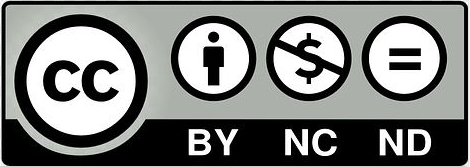
SDGs
